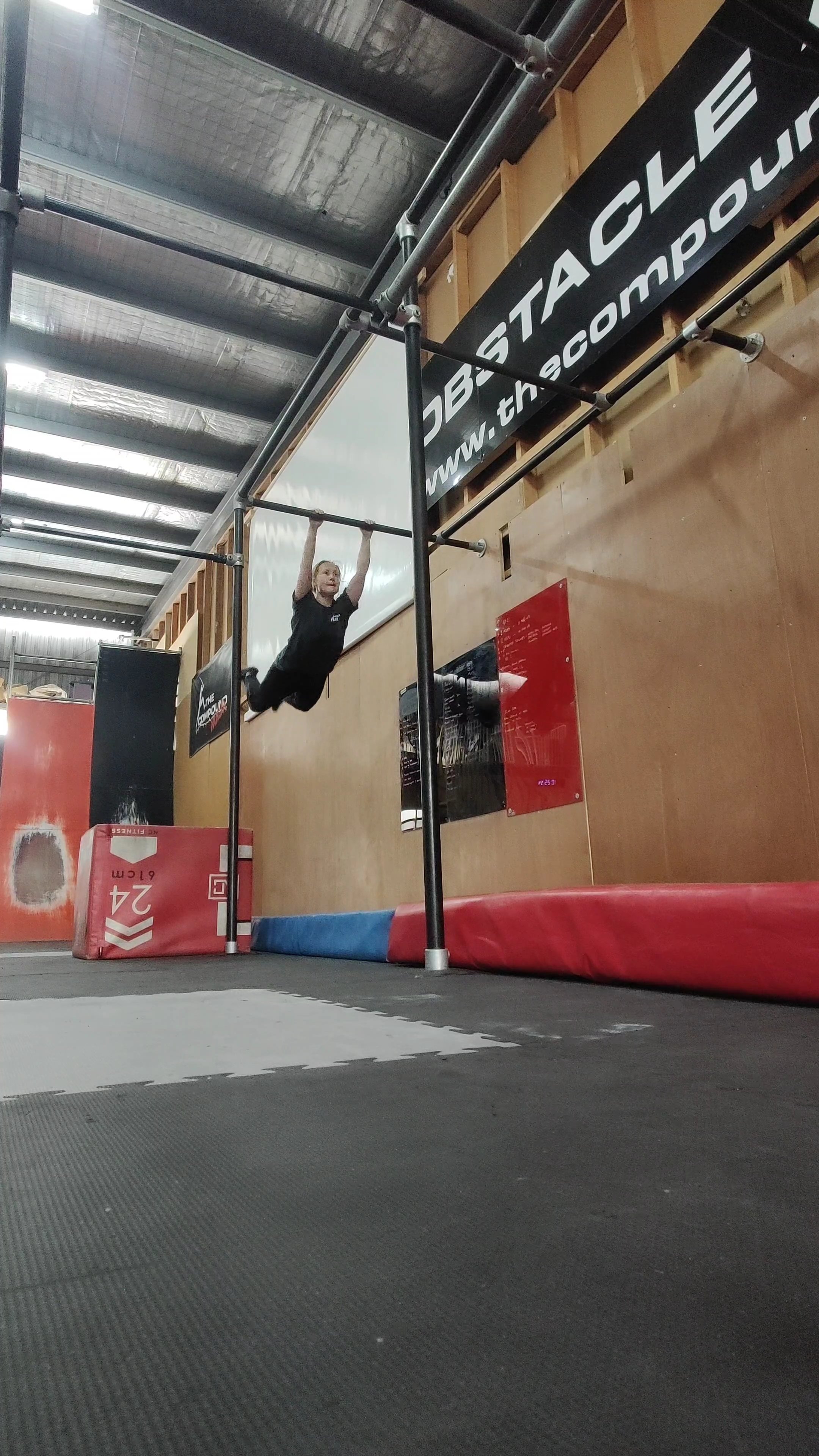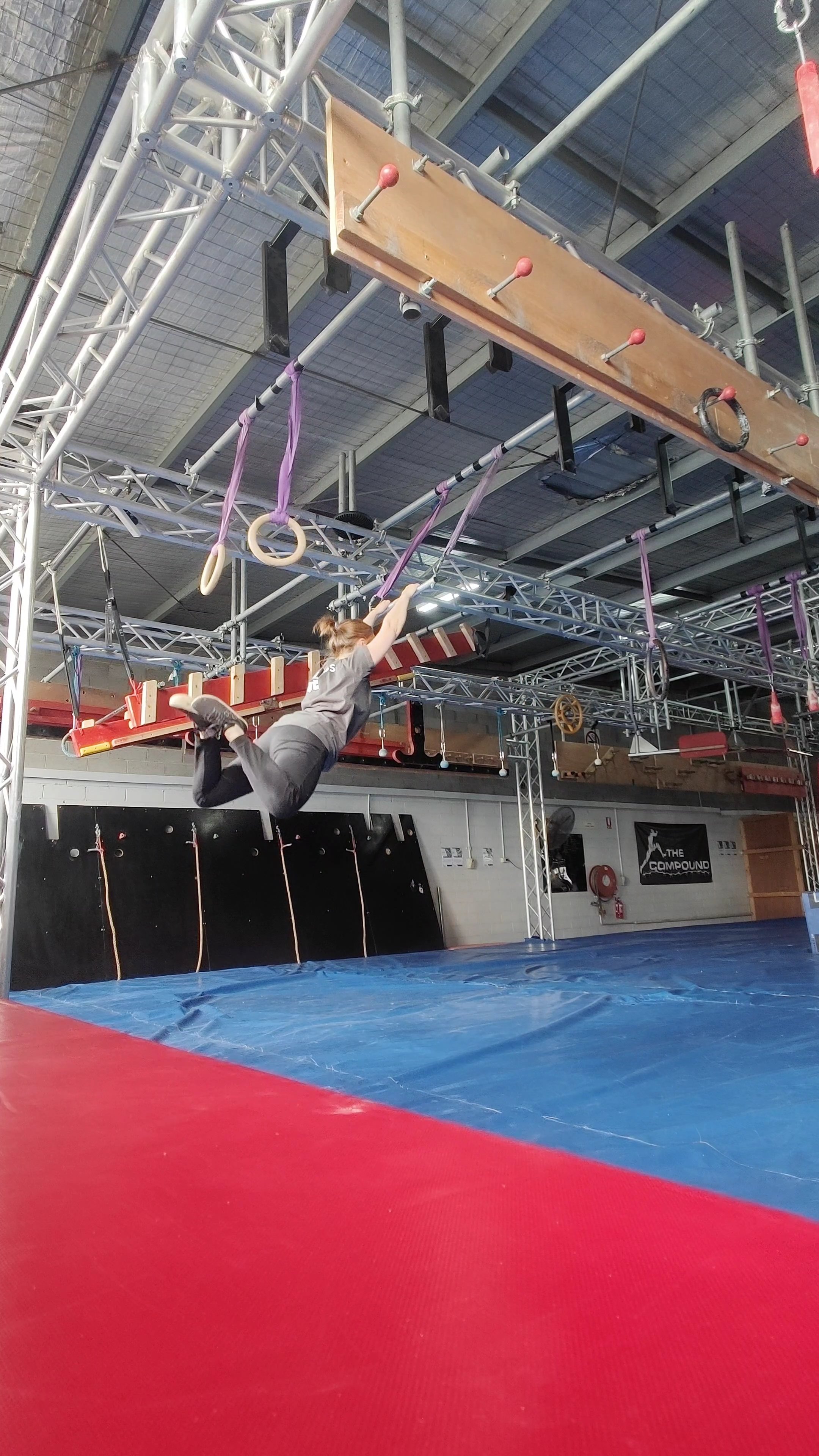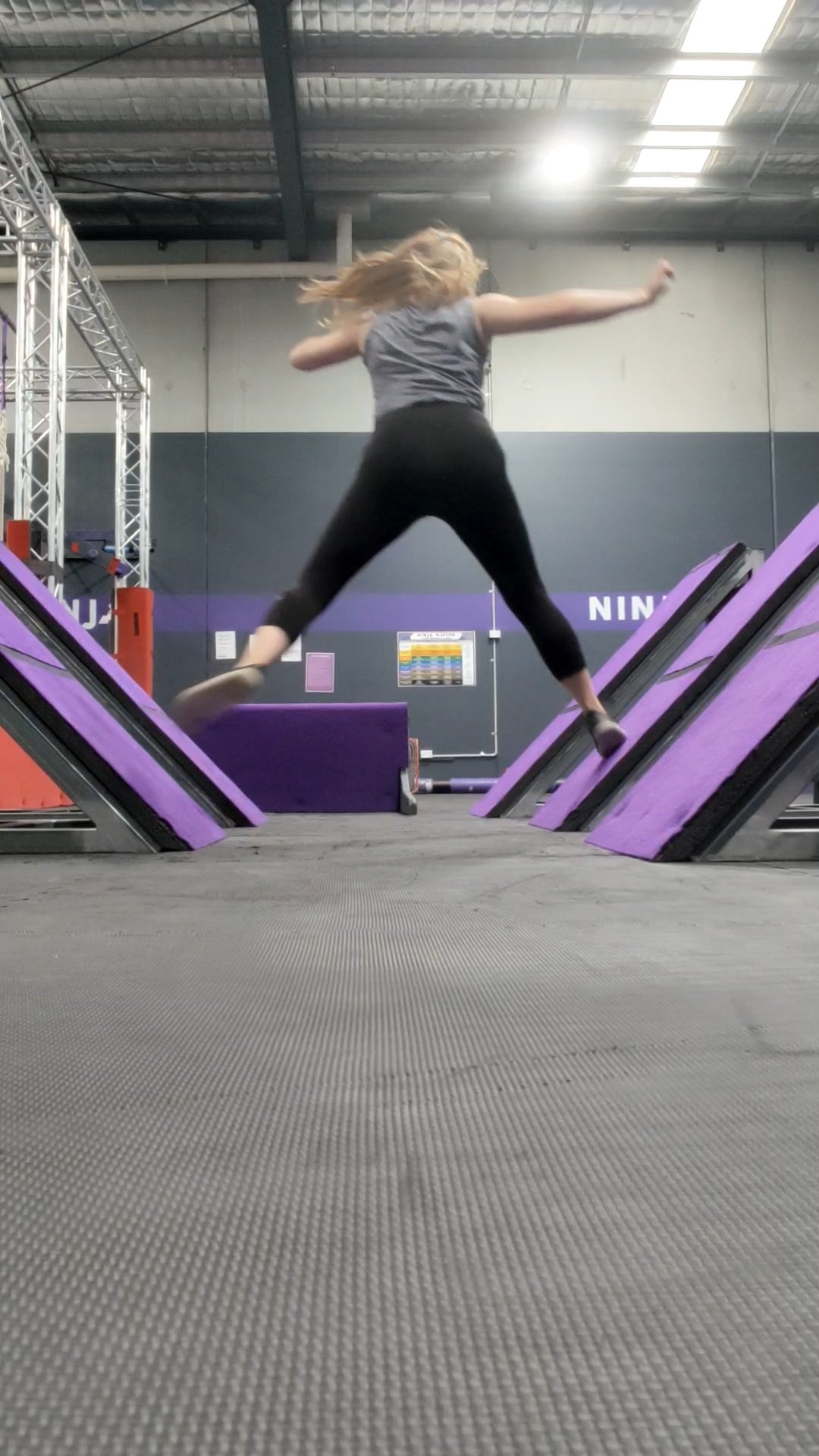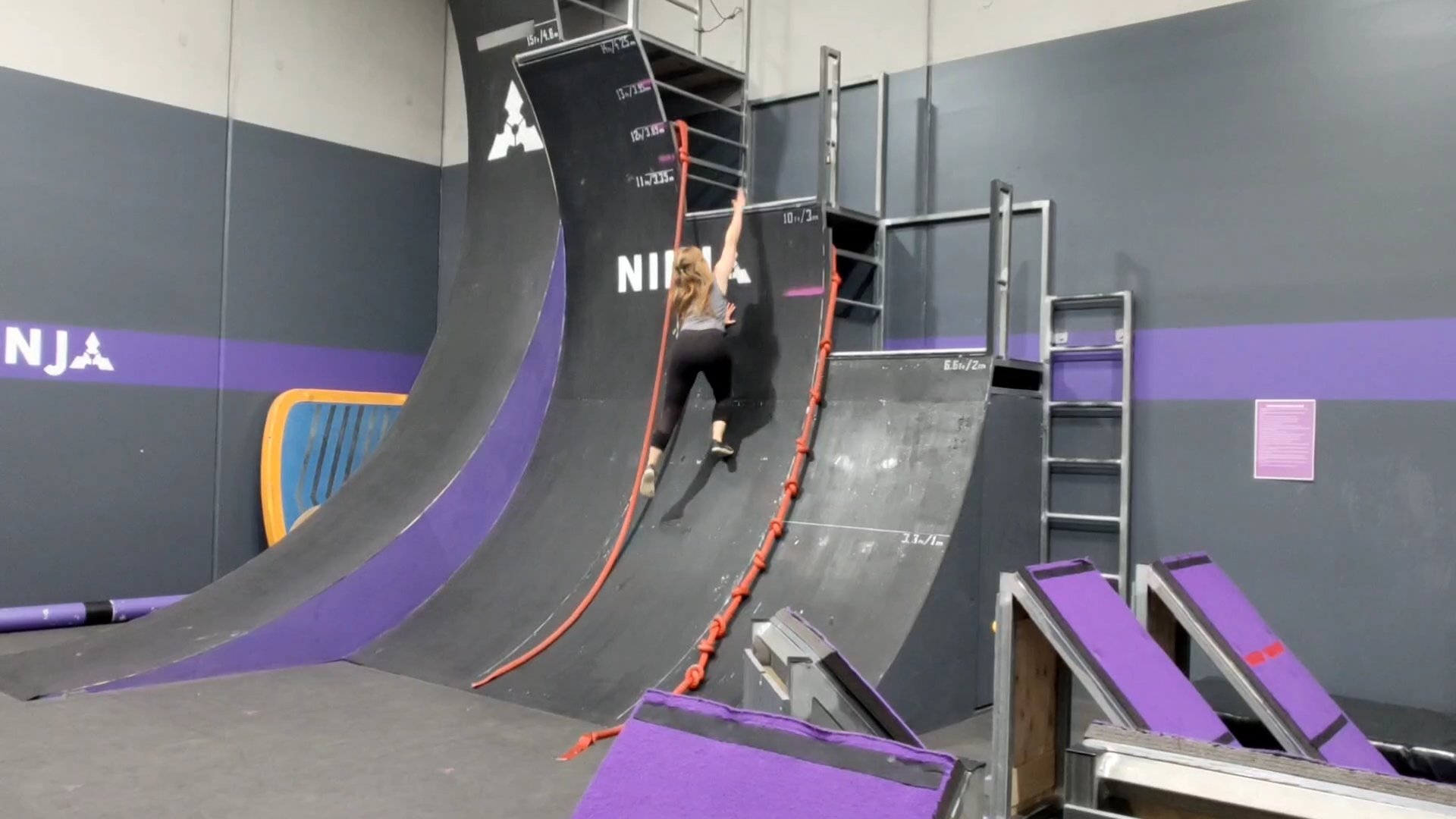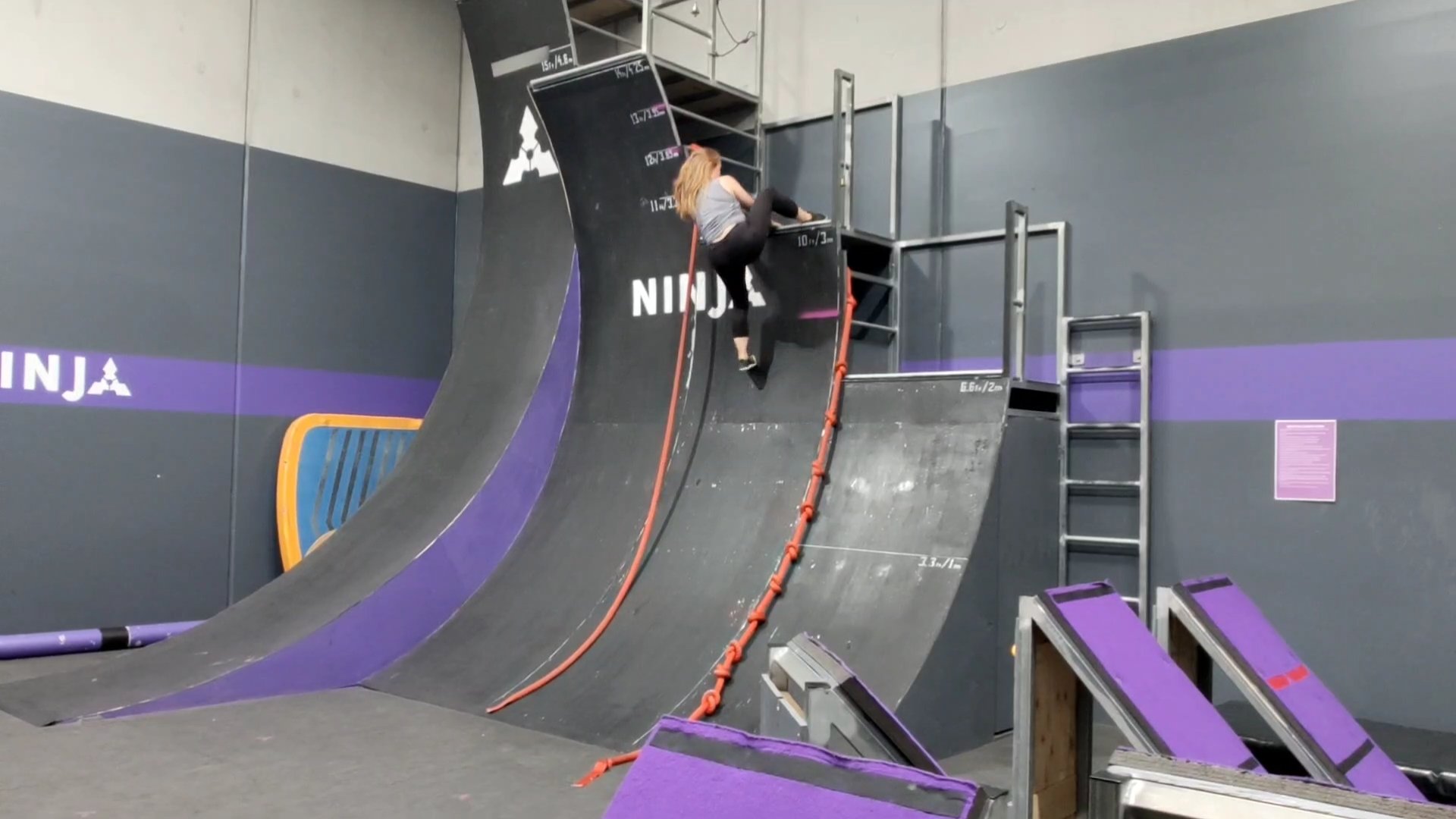Shorty Beta Project Part 3/4: Dynamics
So far we have covered the mindset shift required to progress as a shorter climber, Mobility tips in part 1, and where it helps to be strong in Part 2. Now onto Dynamics! This can almost be a separate series in itself as there is so much to cover however here we will focus on how it fits into training for climbing should you be on the shorter side.
Now if you have always viewed yourself as a static climber and avoided any form of dynamic movement or a full dyno bear with me. I was in much the same boat and anything dynamic used to petrify me. I still don’t love co-ordination blocks or big comp style dynos but I am actively working to build up the necessary strength, power and on the wall skills to get there. It can take a little while to get comfortable with swinging around in different directions moving quickly with your hands, hips and feet and not fighting the momentum but instead using it to your advantage.
Every climber has their preferred style and this is absolutely fine, where it can be limiting however is if there are problems/ routes out there that inspire you and you want to project but they have dynamic elements to them but you are unsure of where to start as you’ve been avoiding these throughout your climbing journey.
So let’s talk Dynamics and all things related to moving quickly or with power.
Power is said to be one of the most important athletic performance characteristics across many sports not just in climbing. Whether it be rugby where the ability to generate power with external load is what differentiates between levels of play. Or lets take sports such as boxing or golf where the summation of speed through the whole kinetic chain starting from the legs, hips, pelvis and trunk contributes to force output during a golf swing or a boxing punch, power is important. To move quickly you need to train quickly.
Take this quote from Mike Young, a expert in movement performance across many individual and team sports
“Not sprinting is not sprinting”
- Mike Young
To move quickly on the wall you need to be able to apply force in the right direction in the minimal amount of time. Force applied quickly equals power.
In climbing expressions of power on the wall are dynos and dead-points. Off the wall it’s things in your training like explosive pull ups, drop jumps, med ball slams and so on.
Being able to move with speed must be coupled with having control through the movement and this is where first having the strength to do the movement slowly comes in before speeding it up and why strength is half of the equation of power (see below)
Mechanical Power = Force (aka strength) x Velocity (moving quickly)
The reason that I have included the Dynamics component in the series is that as a shorter climber you will frequently need to move more dynamically or do a full dyno when a hold is out of reach.
But as strength is half of the equation of power, this must come first in your training (see part 2 of the series!) so you have a good base to build from. Building strength in positions you will be needing to absorb the force in is key think the end move of a dyno for instance. There is no point moving 100km/h and getting on the freeway if you brakes don’t work, not ideal. Training power is much the same, so the ability to slow down with control must always come first before going super quick in the first place.
My favourite exercise examples for training these positions are:
slow and heavy split squats working on spending more time on the lowering phase
slow flys with DB’s or gymnastics rings (not that dissimilar to a compression move during a double dyno) and being able to control and stick the end position with good form.
Med ball work from Part 2 of the series, especially using lighter med balls so you can move them quickly through space or the side to side leaping drill below where I am using the swing of the med ball to guide the leap
Side to side leaps with 3kg med ball working on controlling and sticking the landing.
As you are working on these I like to also introduce some co-ordination work so you can work on applying that force more accurately in the right direction. Getting comfortable with swinging on bars or off jugs is a great starting point to get into the flow of the movement rather than fighting the momentum. Jumping and leaping onto various surfaces at different angles will help with the foot positioning on various foot holds or volumes!
My absolute favourite thing for this is heading down to the Ninja gym and playing around on the bars there, leaping on the uneven steps and swinging through various obstacles progressing in distance and difficulty.
There is also much to be learnt from climbing with others who have a different style to you, perhaps they have a gymnastics or parkour background or enjoy Ninja Warrior or Calisthenics as part of their weekly practice all of which have lots of dynamics and power based movement! Much of what I learnt about leaping, jumping, swinging, kipping, laches and dynamics came from gymnastics & calisthenics movement foundations and simply playing around at my local Ninja gym!
On the wall there are great introductions into moving dynamically which a climbing coach can assist with, here are some ideas to get you started (video links can be found on my Youtube channel under the Dynamics playlist!)
bar catches: standing under the bar and jumping up to catch it with bent elbows and engaged at the shoulders
moving dynamically between jugs on easy problems cutting feet on purpose to later place them with accuracy
picking shorter distance dynamic movements closer to the ground at first where the element of falling is not as scary
driving with the hips as this is where all the power comes from. Where your hips travel your trunk will follow
practicing moving dynamically on top rope where you take the fear of an awkward fall out of the equation whilst practising the movements
off the wall introducing jumping into your warm up and smaller dynamic movements to help better prepare for your session!
As a climbing physiotherapist I am good at preparing my climbers off the wall for the physical requirements to complete dynamic movement successfully as well as observing their current movement strategies and analysing what the missing puzzle pieces are. However I am not a climbing coach and this is where I would often collaborate with the many wonderful climbing coaches and trainers out there to help a climber how to move more dynamically if this is a skill they wish to learn.
_____________
So there are lots of things to help you get started but like anything else when you think of moving dynamically, swinging and jumping as movement skills like anything else they can be taught and learnt. It will take time if you are less familiar with moving this way however there is so much more climbing that will open up to you when you do! Definitely a handy skill to have up your sleeve as a shorter climber.
Up next in the final part of 4 part Shorty Beta Project Series is Creative Movement on the wall!





